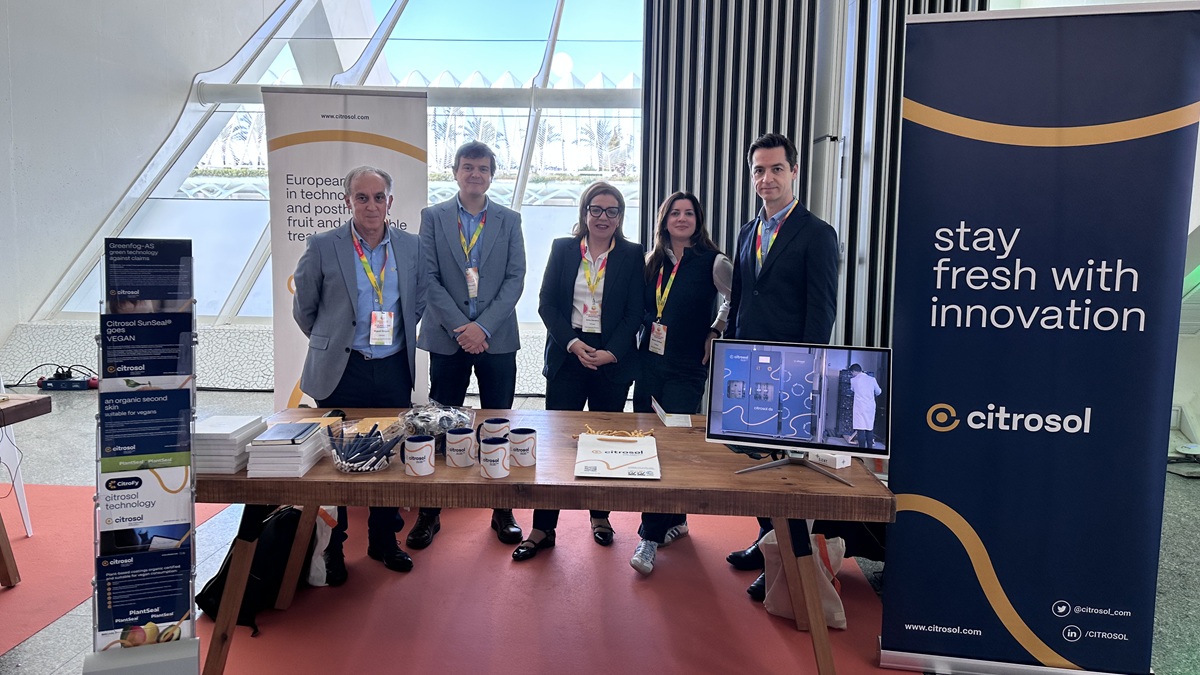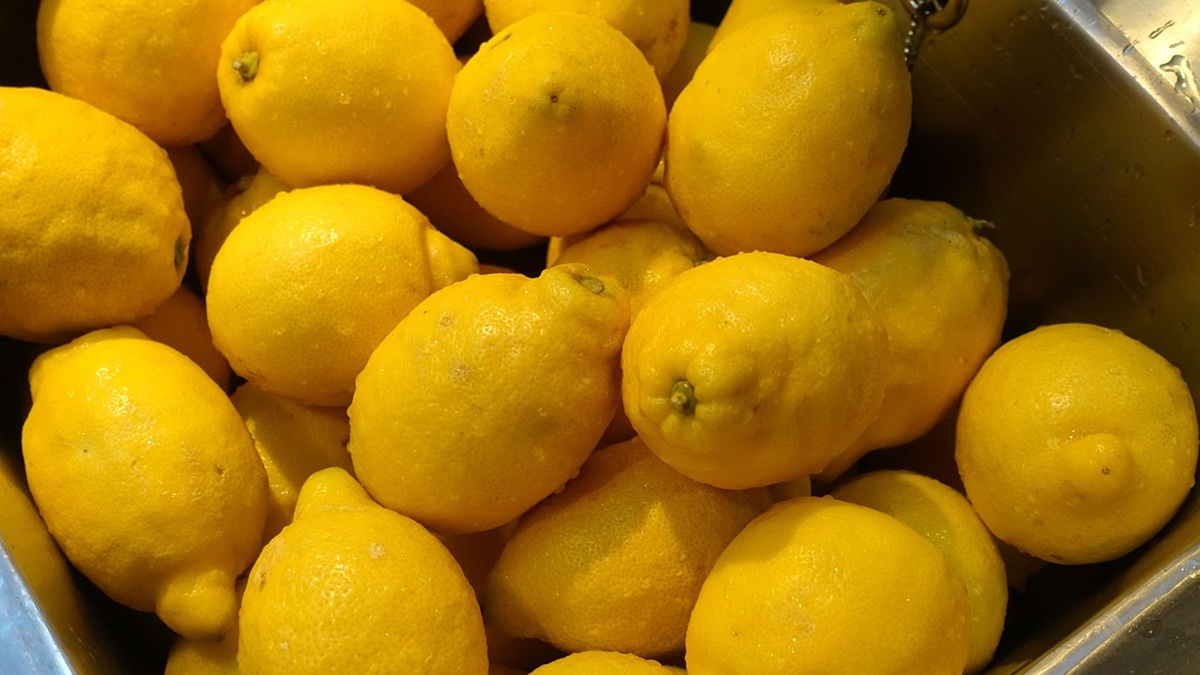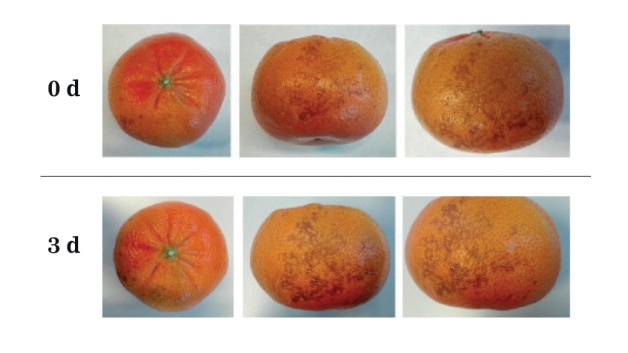Phytosanitaries
New tool to minimise cold spotting
In recent years CITROSOL has developed and made available to operators several products that substantially extend the fresh life of citrus fruit. Solutions that control or mitigate various physiological disorders of citrus fruit that manifest themselves in the form of blemishes, and which appear in the post-harvest period throughout the logistics chain. These include our PlantSeal® coatings, vegetable coatings with organic and vegan certification, and our Citroprotect®, which controls or mitigates post-harvest blemishes and can be applied in the so-called 1st treatment. Now Citrosol presents its new tool that reduces, and in many cases eliminates, chilling injury stains that appear during and after cold storage and/or transport. Chilling injury spotting is especially relevant in citrus exports between hemispheres where fruits are subjected to very low temperatures, often quarantine temperatures (1.1-2.2ºC). Figure 1 shows one of the most typical symptoms of cold damage spotting. Citrosol has managed to improve the formulations of some of its waxes with the extra CI-Control protection that controls these spots.
16 December, 2021
In recent years CITROSOL has developed and made available to operators several products that substantially extend the fresh life of citrus fruit. Solutions that control or mitigate various physiological disorders of citrus fruit that manifest themselves in the form of blemishes, and which appear in the post-harvest period throughout the logistics chain. These include our PlantSeal® coatings, vegetable coatings with organic and vegan certification, and our Citroprotect®, which controls or mitigates post-harvest blemishes and can be applied in the so-called 1st treatment. Now Citrosol presents its new tool that reduces, and in many cases eliminates, chilling injury stains that appear during and after cold storage and/or transport. Chilling injury spotting is especially relevant in citrus exports between hemispheres where fruits are subjected to very low temperatures, often quarantine temperatures (1.1-2.2ºC). Figure 1 shows one of the most typical symptoms of cold damage spotting. Citrosol has managed to improve the formulations of some of its waxes with the extra CI-Control protection that controls these spots. As we will see below, CI-Control waxes are a great competitive advantage in markets that require a reduction of active ingredients. Citrosol has created with its CI-Control coatings a new strategy to minimise these stains with results similar to those obtained with the active ingredient Thiabendazole.Our new CI-Control coatings are specially formulated to increase control of DF spotting. They are Citrosol waxes reformulated for this purpose. Waxes in two formulations, the original and the CI-Control formulations. Currently the coatings that we have been able to formulate with CI-Control functionality are: - Citrosol Sunseal® UE and Sun-seal® Extra UE.- Plantseal® and Plantseal® Shine-free- Citrosol A and AK Camara UE- Citrosol AK UE and AK UE Extra These waxes already reduced staining in their original formulations, but in the new CI-Control formulation they can achieve stain reduction efficiencies of 90% or higher. This is the case with PlantSeal® CI-Control vegetable coating. These high efficacies make the addition of imazalil or thiabendazole (TBZ) to waxes for this purpose unnecessary. CI-Control coatings have been validated in many experiences with prolonged cold storage. Figure 2 shows how Citrosol Sunseal® UE CI-Control controls spotting as well as the addition of 5000 ppm TBZ, or 2000 ppm imazalil, to the original Citrosol Sunseal® UE formulation. These coatings are a major breakthrough in securing the shelf life of citrus fruit in inter-hemisphere exports and in cold storage. They mitigate, even eliminate, cold damage blemishes. It is very remarkable how these new coatings are an alternative to the use of fungicidal active material, such as TBZ. FiguresFigure 1. DF spotting on grapefruit: a) View of the face of the fruit with higher incidence of DF spotting; b) View of the face of the same fruit with lower incidence of DF. The grapefruits in the photographs above and below are the same. This symptomatological characteristic has been found only in spotted fruit from prolonged cold storage. Figure 2. Percentages of fruit affected by DF spotting. Experience with grapefruit stored for 44 days at 2.5ºC and 6 additional days at 20-22ºC. Citrosol Sunseal® Imad 2 contains 2000ppm Imazalil. Results were subjected to ANOVA analysis of variance. Different letters mean significantly different results.











